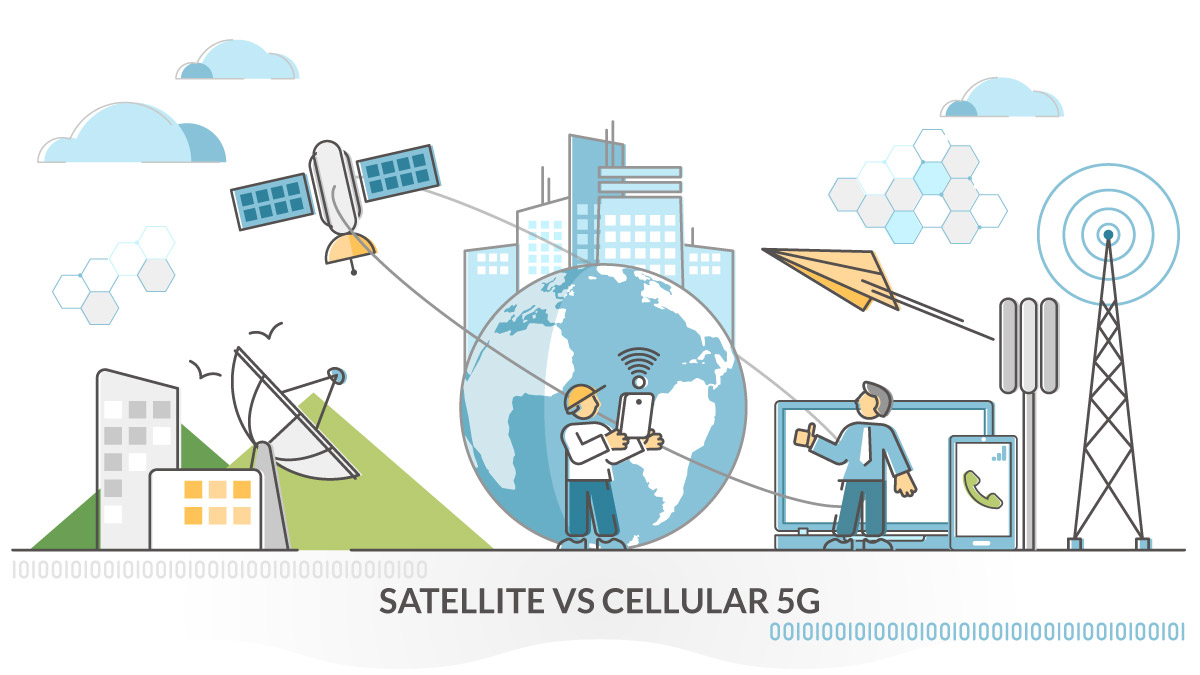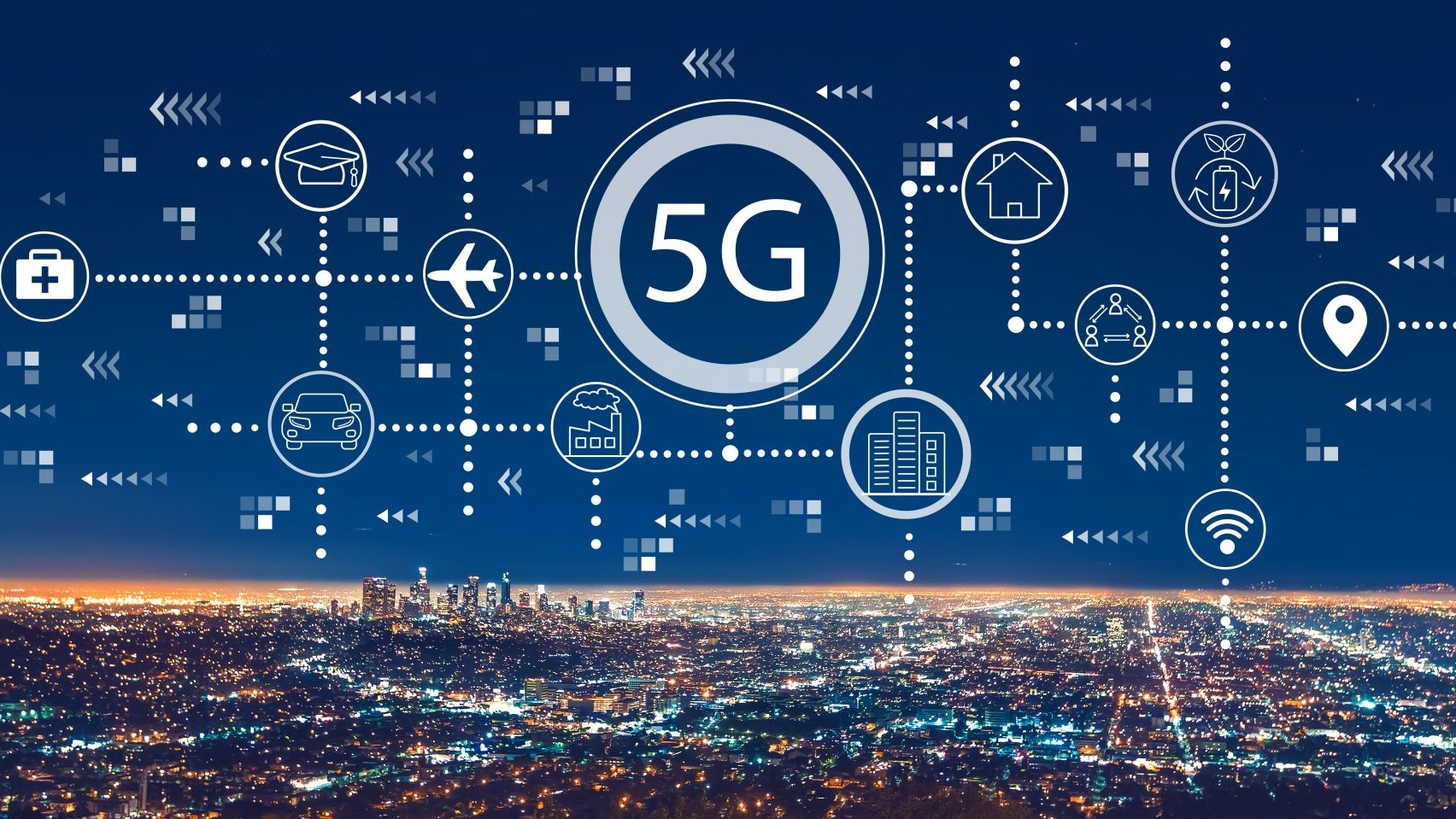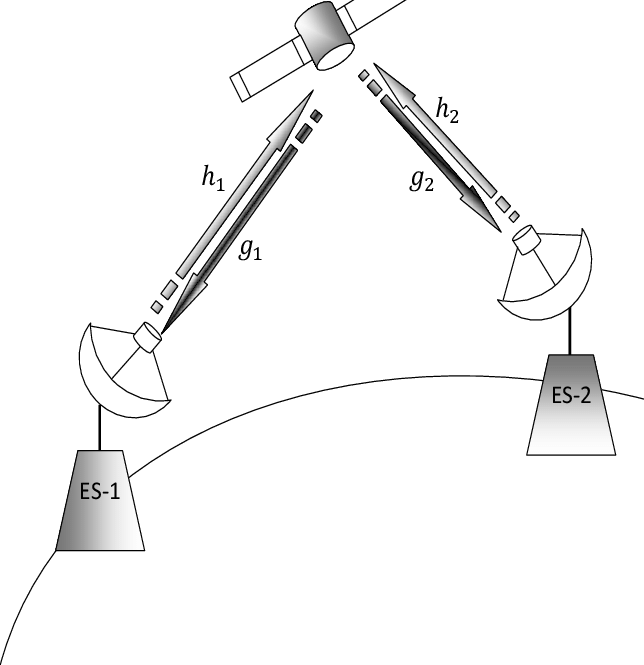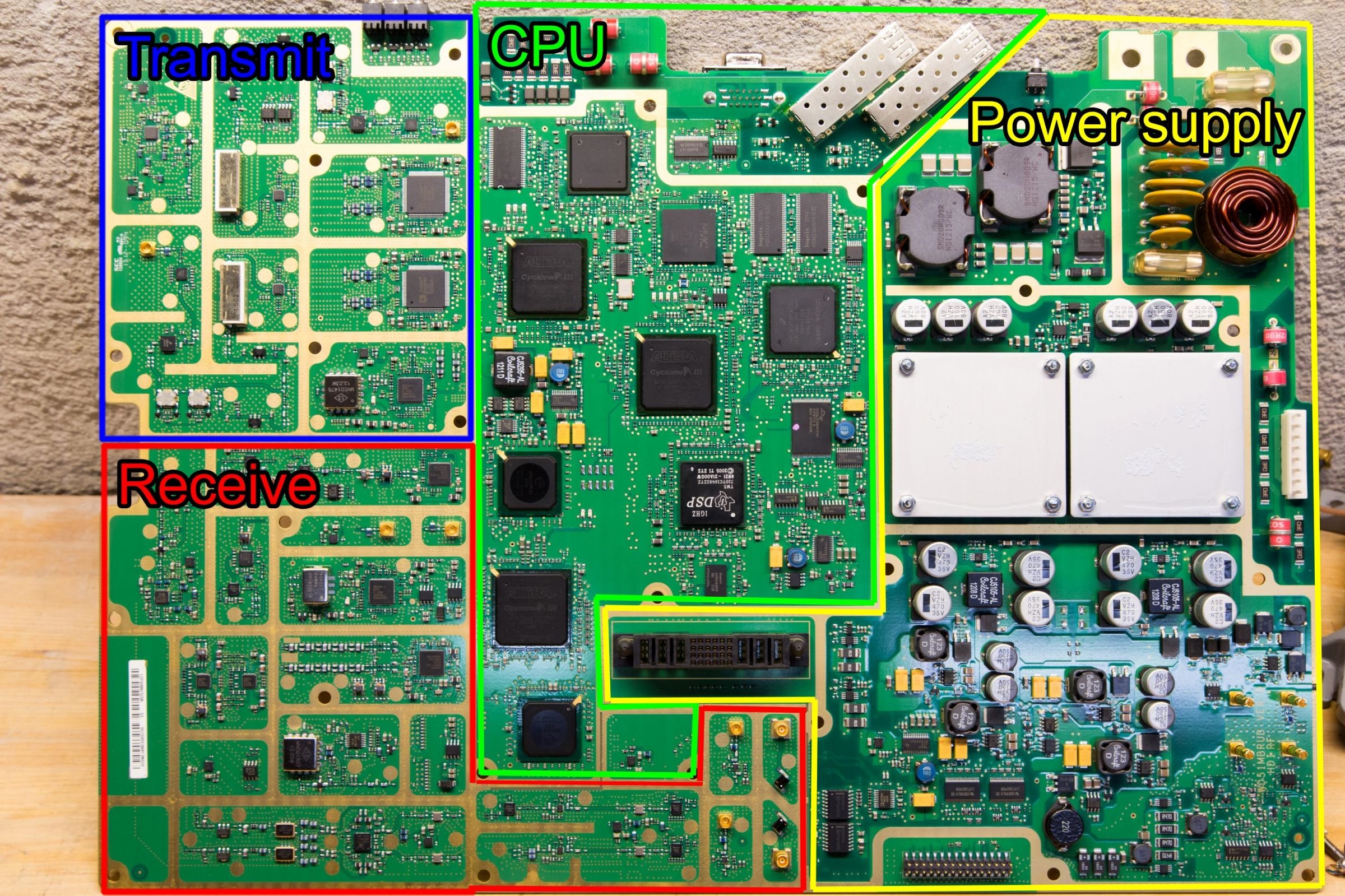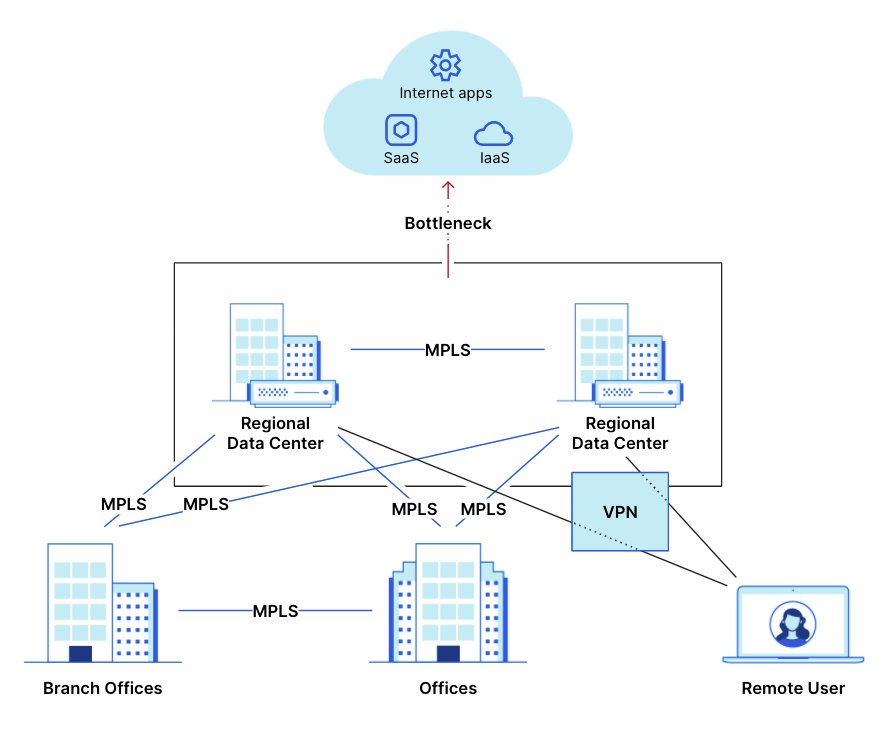Overview
Satellite communication and 5G communication are two different communication technologies. Key differences include:
Coverage
Satellite communication can provide global coverage, enabling connectivity over land, sea, and air. 5G coverage is more limited and requires base stations deployed in cities and regions.
Data rate
5G typically offers higher data rates and faster data transfer than satellite communication, which generally has lower throughput.
Connection quality
Satellite communication can offer stable and high-quality links across wide areas, independent of local infrastructure; 5G connection quality depends on base station coverage and signal interference and can be less consistent.
Cost
Satellite communication equipment and operations are generally more expensive, while 5G equipment and operations tend to have lower costs.
Use cases
Satellite communication is commonly used in remote areas, maritime and aviation sectors, and military applications. 5G is mainly used for urban and regional mobile communication, Internet of Things, and smart home applications.
Choosing a technology
Satellite and 5G differ in coverage, data rate, connection quality, cost, and application scenarios. Users should choose based on their requirements and operational conditions.
What are the disadvantages of high-throughput satellites
High-throughput satellites utilize high-capacity technologies and offer high speed and efficiency, but they also have the following drawbacks:
- High cost: Research, manufacturing, and launch costs for high-throughput satellites are high and require substantial investment and technical support.
- Limited coverage: High-throughput satellites may have a relatively limited coverage area and often require ground stations in specific regions, unlike some traditional satellites that provide broader global coverage.
- Signal latency: Signal transmission via high-throughput satellites can involve multiple relays, leading to higher latency that can affect communication quality.
- High requirements for ground equipment: To fully leverage high-throughput satellites, high-performance ground equipment is necessary, placing greater demands on terrestrial infrastructure.
- Electromagnetic impact: High-throughput satellites transmit large amounts of electromagnetic signals, which can have an impact on the electromagnetic environment.
- Security concerns: The high speed and capacity of high-throughput satellites introduce potential security risks that require appropriate mitigation measures.
 ALLPCB
ALLPCB


